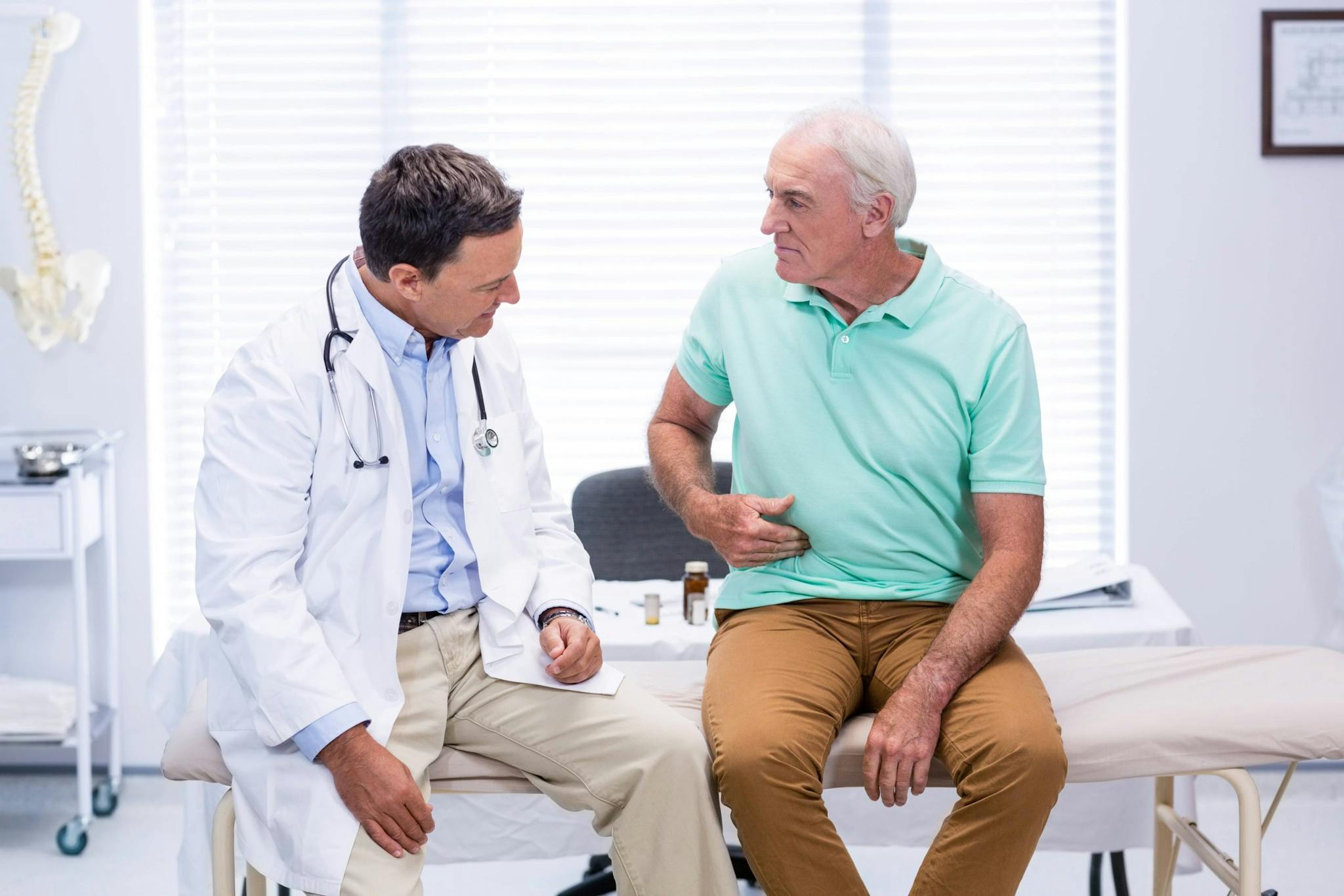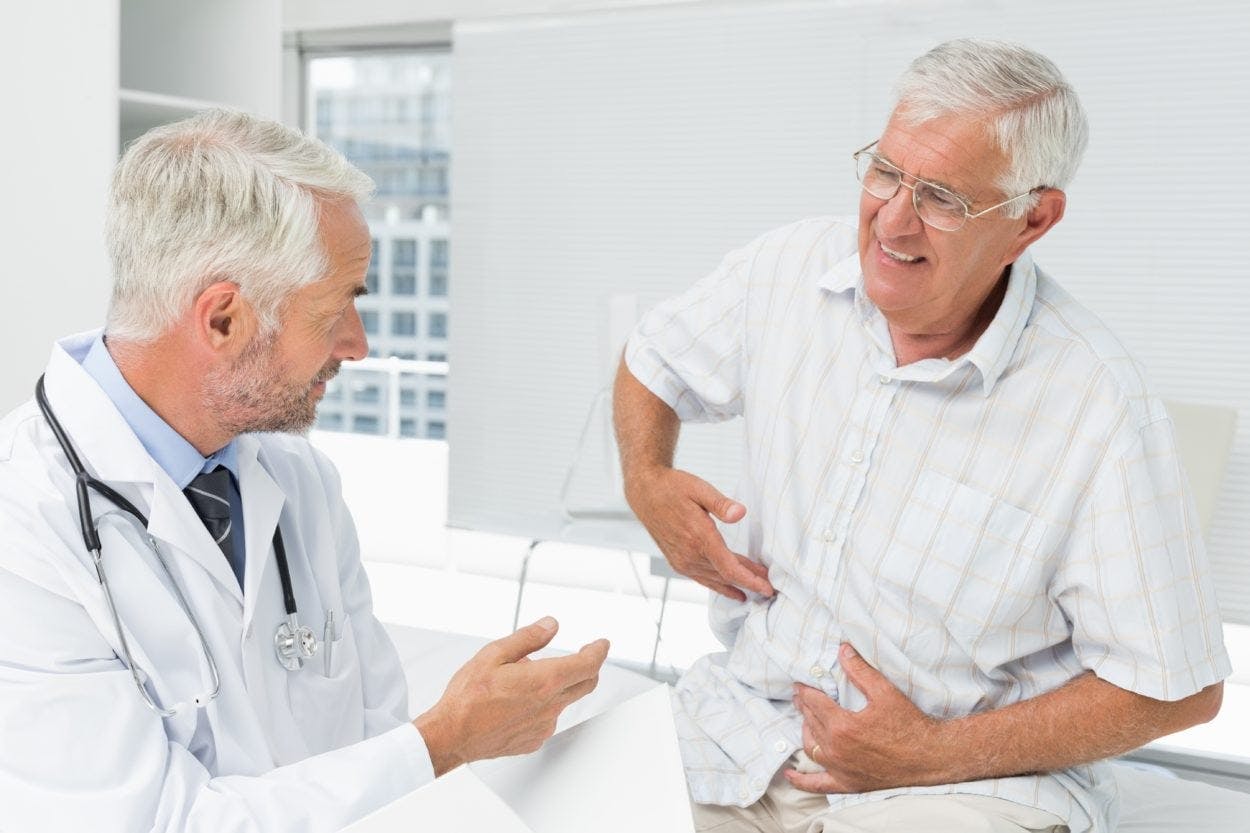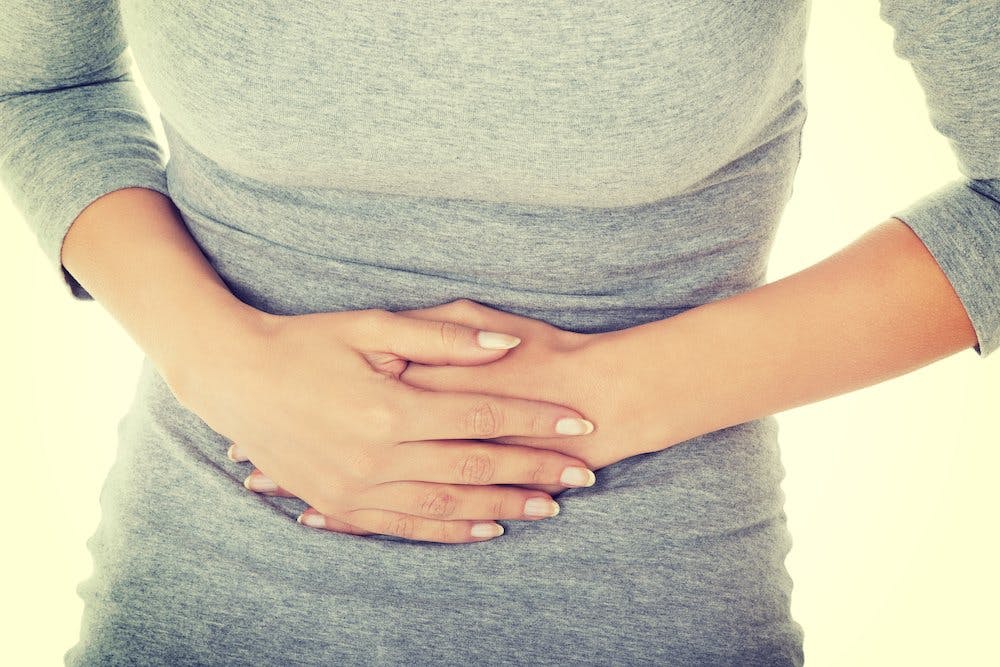
2023-03-27T14:47:45
Why you shouldn’t skip your next colon cancer screening
- Cancer Center
- Gastroenterology
July 21, 2016 | Gastroenterology
Specialties:Gastroenterology

If you’ve ever suffered with a literal pain in the rear, you’re not alone. Estimates predict that approximately 50 percent of people will experience swollen rectal veins – called hemorrhoids – at some point in their lives, usually between the ages of 45 to 65. Women have a slightly increased risk for hemorrhoids compared to men.
The blood vessels that swell up to become hemorrhoids are found in the lowest part of the rectum and the anus.
Internal hemorrhoids are usually not seen or felt. They are located far enough inside the rectum where there are fewer pain-sensing nerves. You might not even know you have internal hemorrhoids unless you find bleeding.
External hemorrhoids are located within the anus and are usually painful, especially if they stretch and become irritated during bowel movements. If a hemorrhoid enlarges and protrudes outside the anal sphincter – a condition called a prolapse – you’ll experience it as a moist, pink pad of skin. It may or may not hurt, however, and will either go back into the rectum without aid or can be gently pushed back into place by your gastroenterologist.
A thrombosis is a blood clot that forms within a prolapsed external hemorrhoid. While this is often quite painful and might involve bleeding, it usually resolves itself within a couple of weeks.
Although there’s often not a discernable cause, people with a genetic predisposition to weak or varicose veins are often more susceptible to hemorrhoids. Prolonged or sudden, extreme abdominal pressure can cause the veins to swell in cases such as:
Pregnancy
Obesity
Straining during bowel movements
Standing or sitting for a long time
Vomiting
Coughing
Sneezing
Holding your breath during physical exertion
There are many lifestyle habits you can implement to help protect yourself from developing hemorrhoids.
Eat more fiber from plant foods like vegetables, fruits, nuts, seeds, beans, legumes and whole grains. Fiber softens and adds bulk to your stools to help them pass through your body more easily.
Drink more water. Adequate hydration also helps to soften your stools so you don’t strain during a bowel movement, further irritating swollen veins.
Exercise regularly. Even just a 20- to 30-minute daily walk can help keep your bowels moving.
Establish a bathroom routine. Try to empty your bowels at the same time every day, and if you can’t go, don’t strain or force it.
Ask your doctor about stool softeners, laxatives or fiber supplements. A short-term prescription or over-the-counter aid may be helpful.
At-home treatments that can help ease the discomfort of hemorrhoids include:
Soaking in warm water or taking sitz baths two to three times a day and after every bowel movement.
Over-the-counter creams and wipes to soothe pain and itching.
Applying ice to the area to relieve pain and swelling.
Taking over-the-counter pain relievers like ibuprofen or acetaminophen.
Raising your feet on a stool when you sit on the toilet to make bowel movements easier.
Sitting on a cushion or soft pillow to reduce swelling and help prevent new hemorrhoids from forming.
Wearing loose, soft cotton underwear for maximum air circulation and dryness.
Some people find long-term relief from hemorrhoids through surgery if lifestyle changes aren’t successful.
Hemorrhoidectomy uses incisions around the anus to cut away the hemorrhoids. Usually performed on an outpatient basis, this surgery relieves the pain, swelling and bleeding caused by hemorrhoids.
Procedure for Prolapse and Hemorrhoids (PPH) is a minimally invasive, relatively painless procedure that treats hemorrhoids with a stapler-like device which repositions the hemorrhoids and cuts off their blood supply, causing them to die.
Laser beam therapy burns away hemorrhoidal tissue.
Sclerotherapy is the injection of a chemical solution around the blood vessel that supplies the hemorrhoid to shrink it.
Rubber band ligation is a less painful way to cut off the blood supply and kill the hemorrhoidal tissue. Your doctor inserts a small tool through a lighted scope in the anal canal and grasps the hemorrhoid with forceps, explains Mayo Clinic. “Sliding the ligator’s cylinder upward releases rubber bands around the base of the hemorrhoid. Rubber bands cut off the hemorrhoid’s blood supply, causing it to wither and drop off.”
Although these minimally invasive, less painful procedures are popular options, some people have better long-term results with hemorrhoidectomy. Your gastroenterologist will help you decide on the best procedure for your unique situation.
Do persistent hemorrhoids trouble you? Revere Health’s gastroenterologists are specialists who diagnose and treat a wide variety of disorders of the gastrointestinal tract, including hemorrhoids and diseases of the liver and pancreas. We offer compassionate, patient-centered care in several Utah locations.
WRITTEN BY:
The Live Better Team

2023-03-27T14:47:45

2021-09-02T11:02:37

2018-02-28T12:25:41

2018-01-31T11:15:50
This information is not intended to replace the advice of a medical professional. You should always consult your doctor before making decisions about your health.